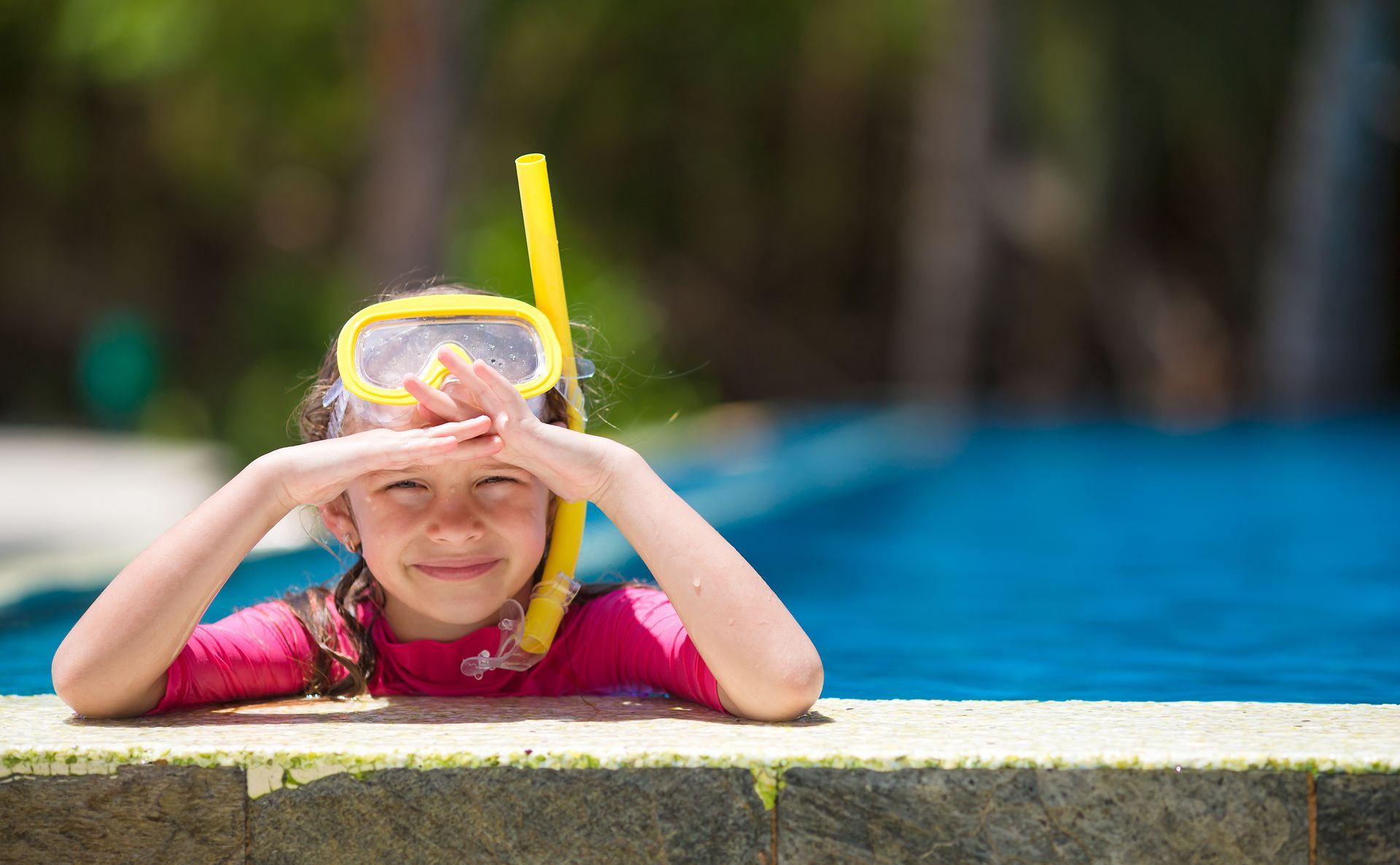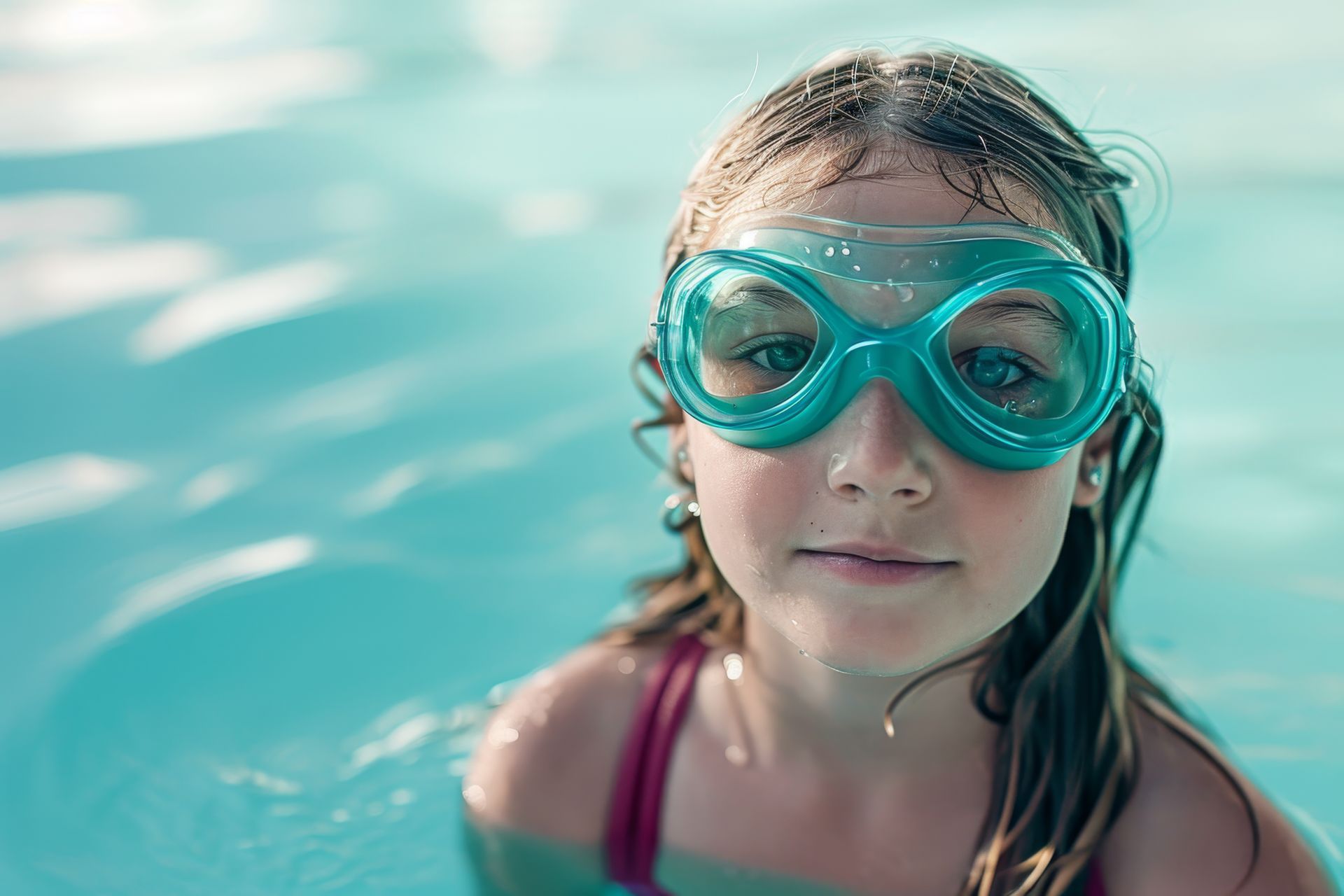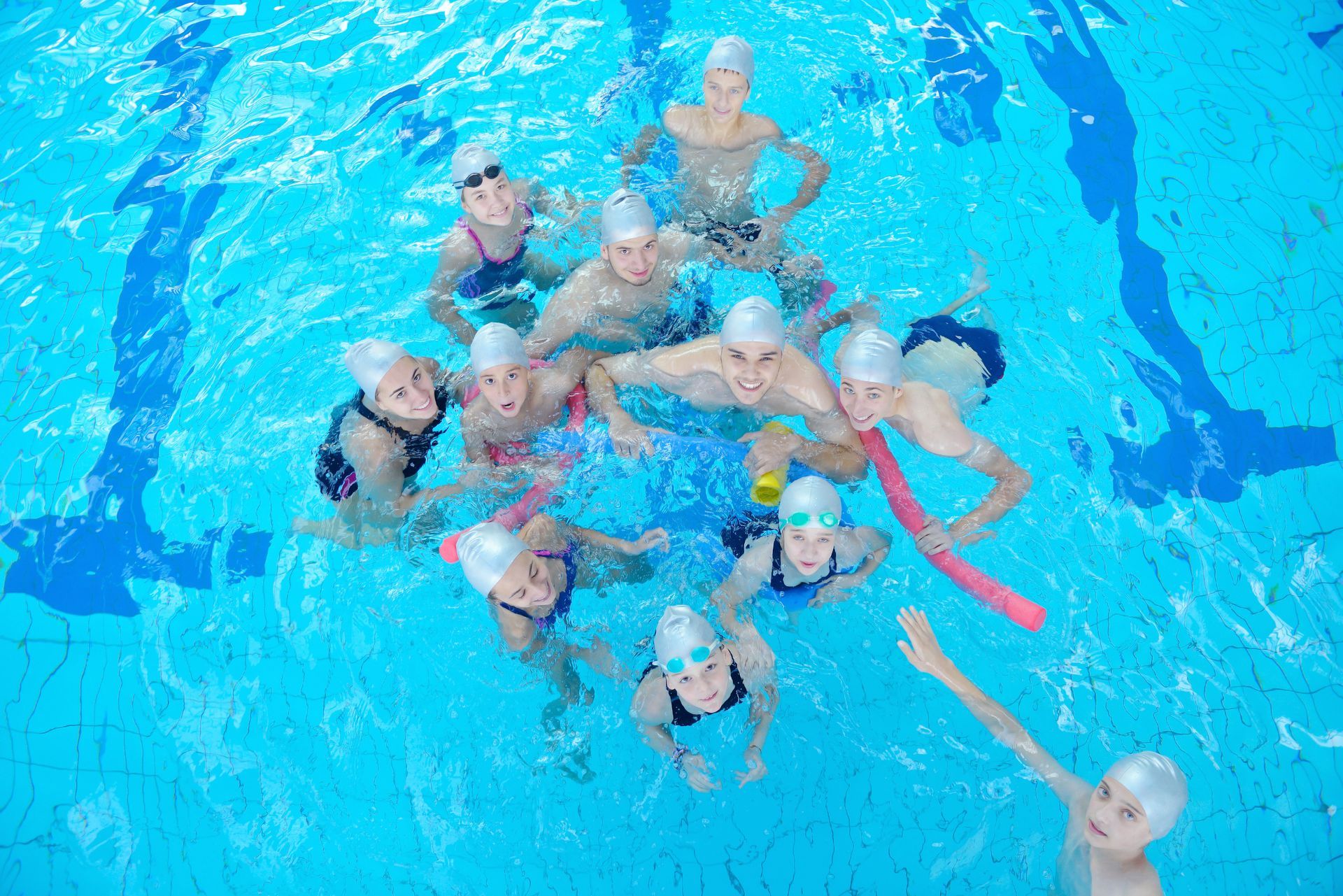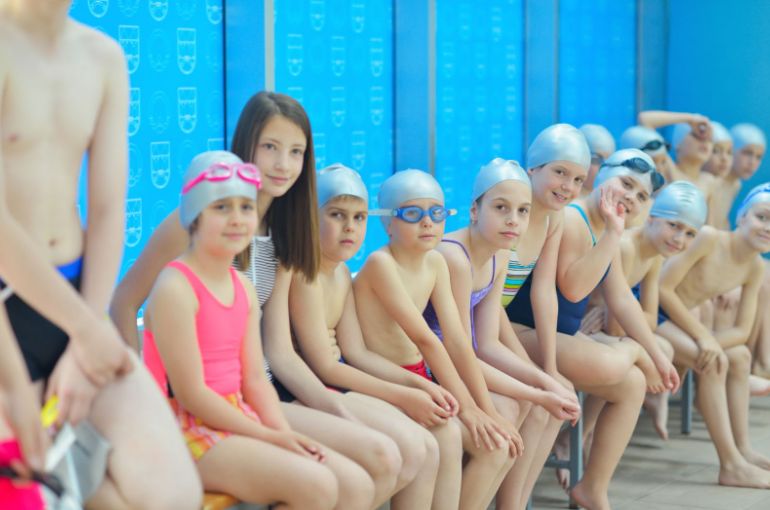How to Do the Breaststroke

As the most popular recreational swimming style today, the breaststroke kick is one stroke every swimmer should master. Breaststroke allows you to keep your head out of the water for the majority of your time swimming, and gives you the freedom to swim at slower speeds. This makes breaststroke an ideal swimming method for many people.
If you want to improve your breaststroke kick, check out our guide below. We’ll explain the history of the breaststroke, steps to mastering the breaststroke, and even give you some breaststroke drills to really improve your stroke. Whether you’re an adult who likes to swim for exercise or a young person just getting started in competitive swimming, now you can learn how to do the breaststroke like an expert swimmer!
History of the Breaststroke
Experts believe the breaststroke may be the oldest of all swimming styles, dating back to the Stone Age. Cavemen in southwest Egypt drew pictures of themselves swimming in a style that appears to be the breaststroke. These early humans may have been inspired by the swimming style of frogs, since the stroke imitates the leg kick of the amphibian.
For whatever reason, the breaststroke has stood the test of time. Professor Nicolas Wynman included steps to learning the breaststroke in the first swimming book, written in 1538. Though the book was mainly written to reduce drowning, it still contained accurate instructions teaching people the stroke similar to how it is done today.
When competitive swimming began in Europe in the 1800s, most swimmers used the breaststroke. Then, the breaststroke was featured in the 1904 Summer Olympics in St. Louis, Missouri. The stroke has continued to be used in competitive swimming since then, but it is known as the slowest stroke because it creates the most resistance in comparison to other common swimming strokes .
Some modifications have been made to the modern breaststroke, but it still remains a common stroke for both recreational and competitive swimming.
Steps to the Breaststroke Kick
The breaststroke kick includes three basic motions. In short, you’ll need to kick your legs behind you, glide forward, and then pull yourself forward using your arms. We’ll give a more detailed explanation for each step below.
- Lay face-down in the pool. This is what is known as the core position. Extend your arms in front of you and legs behind you. Keep palms down and hands together, with the space between your thumb and index finger forming a V-shape.
- Push off the wall. You’ll get the momentum you need to continue this stroke across the length of the pool. Let your body glide a few paces, then you’ll begin the breaststroke kick.
- Begin the breaststroke kick. From the core position, rotate your ankles outward. Then bring your heels close to your butt and simultaneously bend your ankles toward your shins.
- Extend your legs. From this crunched position, you’ll push your legs outward, extending your knees past the width of your shoulders. Keep ankles angled up and keep your legs straight back. Push ankles downward at the end of the kick.
- Add arm movement. Sweep your arms forward without bending at the elbow. Keep palms outward and push your hands out and down. Reach a “Y” position with your body, then bring your hands back toward your mouth. Continue this movement while you kick.
Breaststroke Drills
Once you’ve mastered the kick-off, frog leg extension, and “Y” arm movement, you’re ready to further improve your breaststroke. Here are some breaststroke drills to enhance your technique:
- One-Arm Only: Swim breaststroke using only one arm. Keep your other arm in an extended position in front of your head.
- Clenched Fists: Swim breaststroke with your fists clenched during the duration of the stroke.
- Two Leg Kicks: Swim breaststroke as usual, but kick your legs twice for every one arm stroke. Make the second stroke when your body is fully extended, then start the arm stroke.
- Head Above Water: Swim breaststroke with your head above the water the whole time. (This will require you to perform a faster arm stroke.)
- Vary Your Breathing: Swim breaststroke as usual, but alter your breathing by taking a breath once after you turn your head to the right, once after you turn to the left, and then once without breathing. Repeat the cycle.
Master Your Skills
Are you ready to master advanced swimming techniques? If so, you’ll want a great instructor to guide you. Contact Swim Jim today to get started improving your swimming skills.
The post How to Do the Breaststroke appeared first on Swim Jim.







